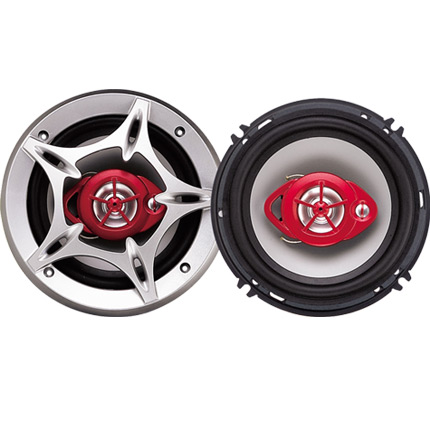adjusting the throttle cable
Adjusting the Throttle Cable A Comprehensive Guide
The throttle cable plays a crucial role in the performance and responsiveness of an engine, especially in vehicles that rely on traditional cable systems. Over time, this cable can stretch, wear out, or become misadjusted, leading to suboptimal engine performance, sluggish acceleration, or, in some cases, dangerous driving conditions. Adjusting the throttle cable is an essential maintenance task that every vehicle owner should understand. This article will explore the process, benefits, and considerations for adjusting the throttle cable effectively.
Understanding the Throttle Cable
The throttle cable connects the accelerator pedal to the throttle body of the engine. When you press down on the accelerator, the cable opens the throttle, allowing more air and fuel into the engine, ultimately increasing its power output. If the throttle cable is too loose or too tight, it can cause issues, such as delayed acceleration, erratic engine behavior, or increased fuel consumption.
Signs That Adjustment is Necessary
Before diving into the adjustment process, it's important to recognize when your throttle cable may need attention. Common signs include
1. Unresponsive Acceleration If pressing the accelerator doesn't yield an immediate response from the engine, it may indicate a slack cable. 2. Over-Reactive Throttle Conversely, if the engine surges unexpectedly when the pedal is pressed, the cable might be too tight. 3. Visual Inspection Look for fraying, excessive wear, or broken strands that could compromise the cable's integrity.
Tools Required
To properly adjust the throttle cable, you will need
- A wrench or socket set - Pliers - A ruler or measuring tape - A flat-head screwdriver - Safety gloves and goggles for protection
Steps to Adjust the Throttle Cable
adjusting the throttle cable

1. Safety First Ensure the vehicle is parked on a level surface, and engage the parking brake. Turn off the ignition and make sure the engine is cool.
2. Locate the Throttle Cable Open the hood and locate the throttle cable intake, which is generally attached to the throttle body. This may vary depending on the vehicle model, so refer to your owner’s manual for specific details.
3. Check Cable Tension With the help of a ruler, measure the amount of play in the cable. A typical range is 1/8 to 1/4 inch (about 3 to 6 mm) of free play at the throttle lever.
4. Loosen the Cable Using a wrench, loosen the cable adjustment nut. This will allow you to modify the tension without disconnecting the cable entirely.
5. Adjust the Cable If the cable is too slack, pull it tighter until the appropriate free play is reached. If it’s too tight, pull it back slightly. Once you’re satisfied with the tension, tighten the adjustment nut securely.
6. Test the Throttle Before closing the hood, start the engine and gently depress the accelerator to ensure smooth operation. The throttle should respond promptly without hesitation.
7. Final Checks After confirming that the adjustment is correct, double-check that all connections are secure and that there are no obstructions around the throttle body.
Benefits of Proper Adjustment
Properly adjusting the throttle cable can lead to noticeable improvements in vehicle performance. Drivers can expect enhanced throttle response, smoother acceleration, better fuel efficiency, and potentially extended lifespan for engine components.
Conclusion
Adjusting the throttle cable is a straightforward process that can significantly impact a vehicle’s performance and drivability. By recognizing the signs of a misadjusted cable and following the steps outlined above, vehicle owners can maintain optimal engine performance and enjoy a safer driving experience. Regular maintenance and adjustments are key to ensuring that your vehicle operates as it should, allowing you to make the most of your driving adventures.
-
Workings of Clutch Pipe and Hose SystemsNewsJun.04,2025
-
The Inner Workings of Hand Brake Cable SystemsNewsJun.04,2025
-
The Secrets of Throttle and Accelerator CablesNewsJun.04,2025
-
The Hidden Lifeline of Your Transmission Gear Shift CablesNewsJun.04,2025
-
Demystifying Gear Cables and Shift LinkagesNewsJun.04,2025
-
Decoding Clutch Line Systems A Comprehensive GuideNewsJun.04,2025
